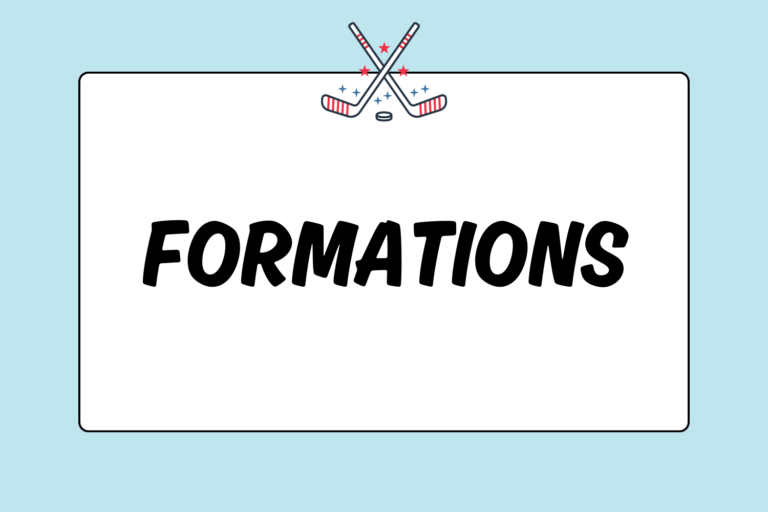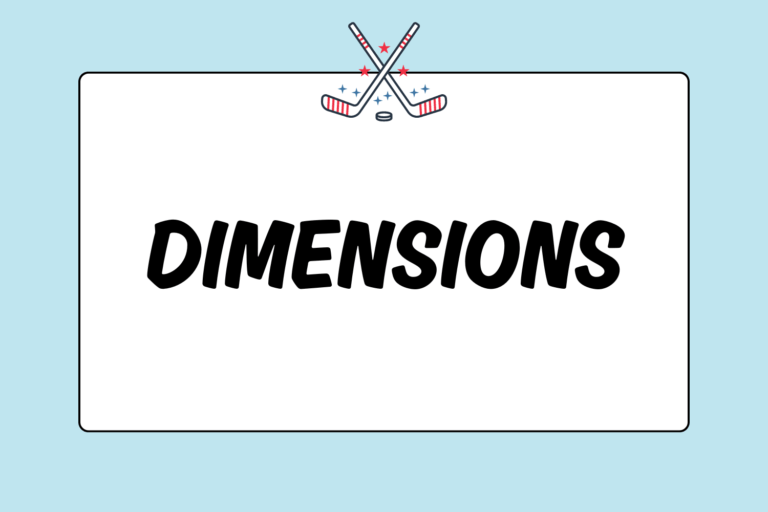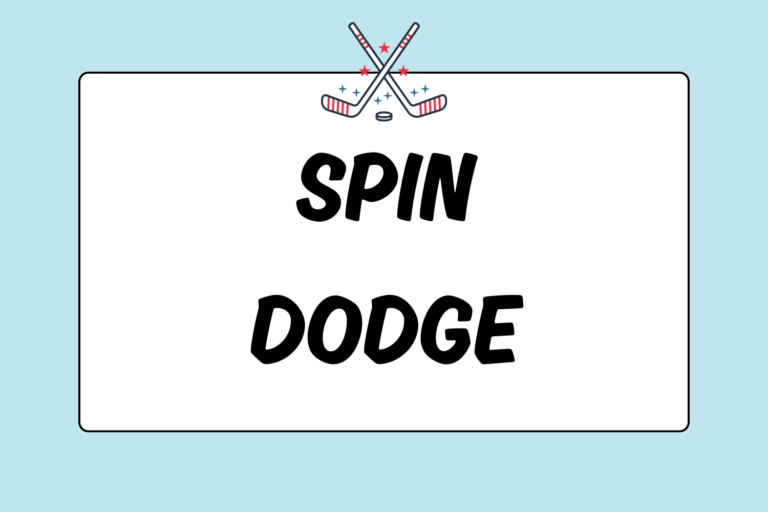The full and half presses are strategies on how to set up your defense against free hits in field hockey. On a press, the team acts as one unit to help facilitate turnovers and keep the ball in the offensive end. The specific press used will depend on where the free hit is being taken. This guide will teach you how and when to employ the full and half presses against free hits.
Full Press
The full press strategy is meant to close down all passing options for the opposing team. This press is used when the ball is deep in the offensive zone (for a sideline or 16-yard hit, for example). To employ the full press:
- Set the team up as a standard defensive wall (described below).
- Position the entire team in the offensive half of the zone (including the defense).
- Block all passing options for the player taking the free hit.
- Position the left and right forwards where they can cut off the hitter’s sideline passes to prevent her from being able to switch fields.
There are advantages and disadvantages to using this strategy. The advantages of the full press include:
- Blocking the opposition from taking long hits down the field
- Keeping the ball in the offensive zone
- Allowing large numbers on defense to encourage easy turnovers
The disadvantages of the full press include:
- Allowing the opposition to catch the defense off guard if the ball gets through the wall.
- The opportunity of the opposing team to get long passes down the field to open forwards. If the hitter decides to self-pass the ball, the wall can be easily broken down.
Hot Tip: Block the Middle
There are several goals when setting up a defensive wall, including turning over the ball, blocking the long ball option, and pressuring the opposing team. But if you could pick only one goal to accomplish, choose to cover the middle of the field.
Forcing the opposing team’s players to the sidelines will give them bad offensive angles. This will increase the possibility of mishandling the ball over the sideline and make it easier for your team to defend them. So when in doubt, block the middle.
Specific Positioning
The center forward is responsible for calling the full press. She is also the main point in the setup and is responsible for marking the player taking the free hit. The rest of the team sets up behind her in staggered lines, creating a wall that blocks any opportunity for middle or side passes.
Depending on where the ball is positioned for the free hit, the opposite forward will stand parallel to the player taking the free hit, but on the opposite side of the field. She does this to intercept or stop any attempt the other team makes to switch the ball across the field.
Half Press
The half press is used about 60 to 70 percent of the time during a game. This press is used to defend against free hits in the neutral zones. The half-press setup blocks the middle of the field, leaving the sidelines open for the opposing team. With this setup, the opposing team has more of an opportunity to play the ball, but more of the field will be covered.
Positioning
To set up the half press, the center forward sets herself up as the point player directly in front of the ball. The remaining players line up behind her in walls of staggered lines (similar to a setup of bowling pins). The half press wall covers the entire area between the ball and the defensive goal. The last defender pushes up to cover the opposing team’s offense (no player on the opposing team should be behind the defense without being marked ball-side and goal-side).
The advantage of the half press is that it makes it difficult for the opposing team to beat the defenders. They may have more of an opportunity to play the ball, but this setup forces them to the sidelines, ultimately giving them less of an angle on goal.
The Wall
The success of the presses lies in the strength of the walls. A defensive wall setup against a free hit involves the entire team. There are two ways to set up a wall. The first is to block the middle of the field, forcing the other team to the sidelines (this looks like the setup of ten bowling pins). The second setup is used to cut off the passing options for the player taking the hit. This is done by forming an arched wall around the player taking the free hit, supported by staggered lines behind it.
In the first formation (the one that mimics the setup of bowling pins), the center forward positions herself as the point player, blocking the middle and marking the player taking the free hit. The remaining players set up behind her in staggered lines. This is mainly used for the half press, or to force the ball to the sidelines.
In the second formation — the arched wall — the forwards position themselves in an arch around the ball. This blocks all passing options. The remaining players line up behind the arch to block the middle of the field in staggered lines. They set up in “window” positions, standing between the players that make up the wall in front of them. This strategy is mainly used in the full press to cut off the opposing team’s passing options.
Read our guide on “How to Defend against Free Hits” for basic instruction on positioning and setup.
Inside the Defensive Zone
If the opposing team receives a free hit inside of the defensive 25-yard zone, no press is used. Instead, man-to-man or match-up zone marking should be used near the goal. The benefit of man-to-man marking is that no opposing player is left open in the zone. The benefit to match-up zone marking is that you control both the players and the space in the defensive zone.
Read our guide on “How to Mark in Field Hockey” for more information on marking.
Mastering the Press
The more in tune the team is to working as a unit, the more successful their presses will be. Once your team masters the full and half presses, they will have an easier time keeping the ball in their offensive zone and creating scoring opportunities. The more time spent in the offensive zone, the more likely your team is to win!





